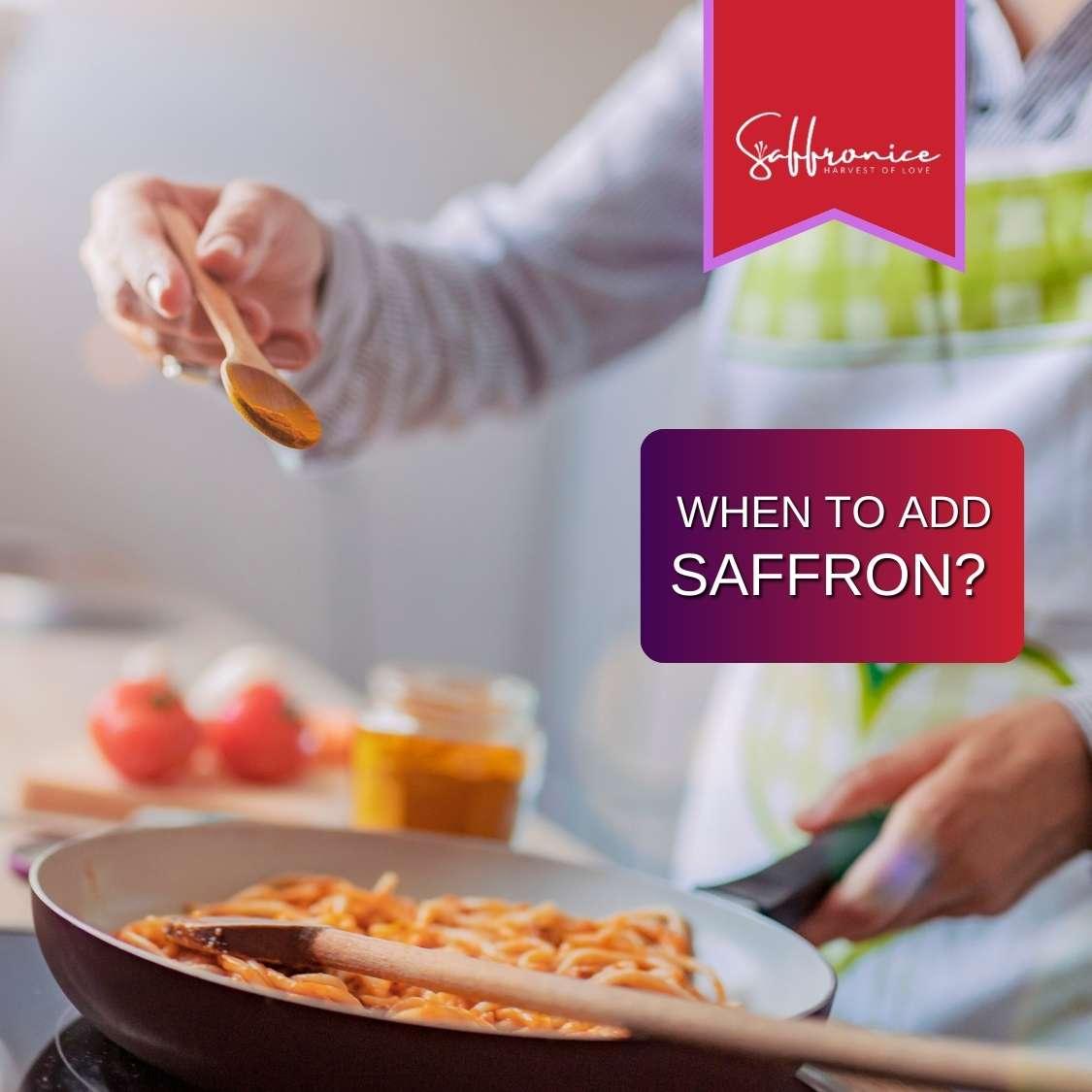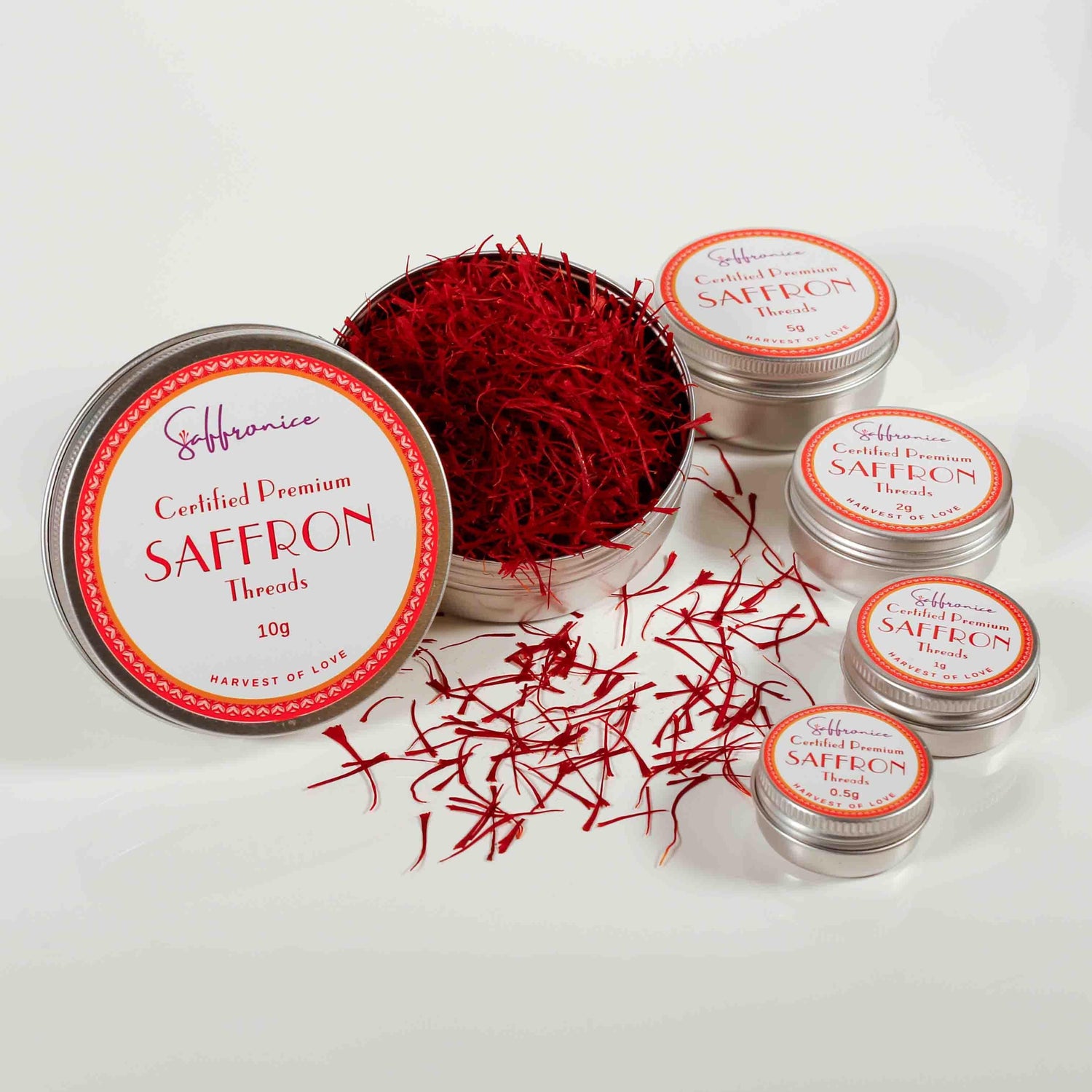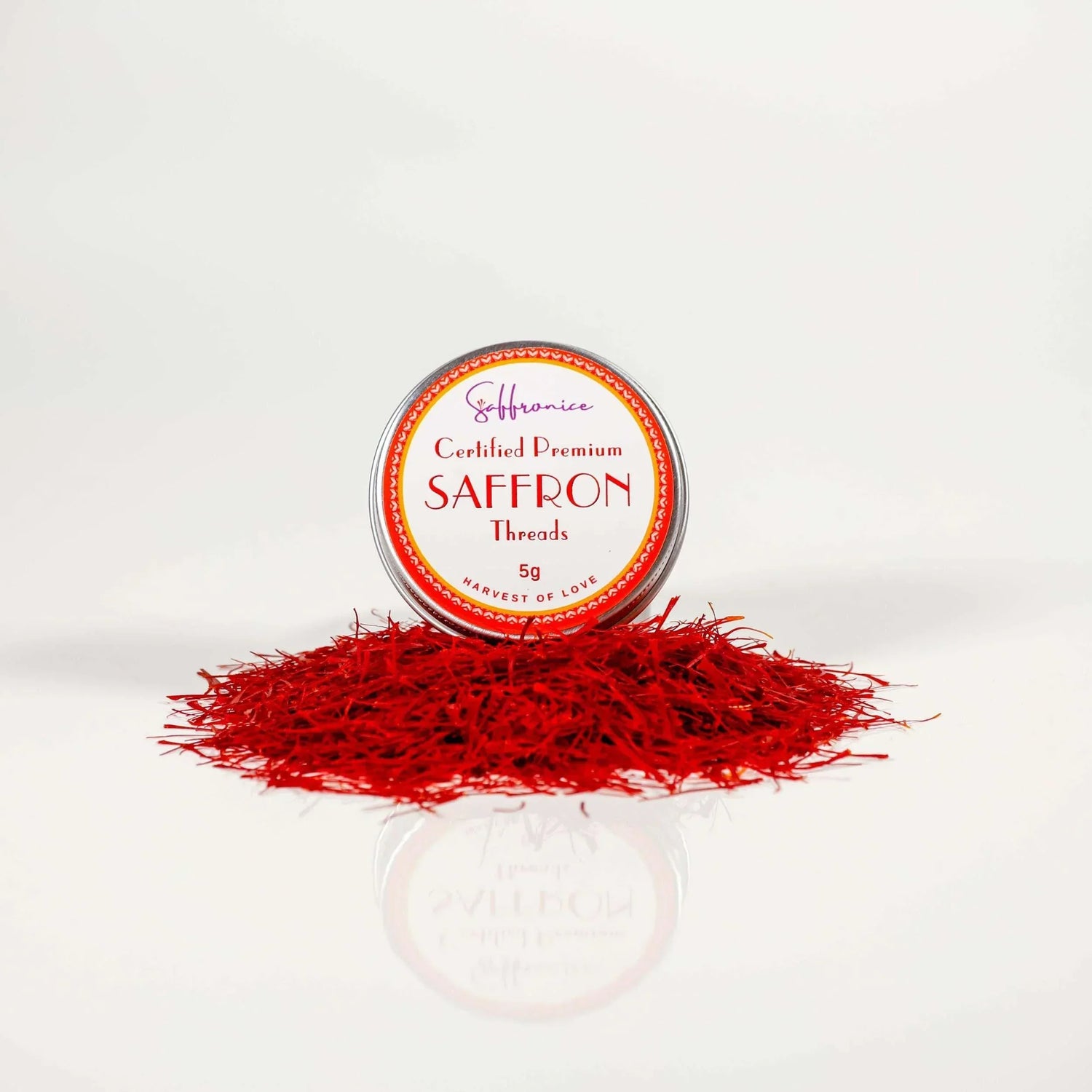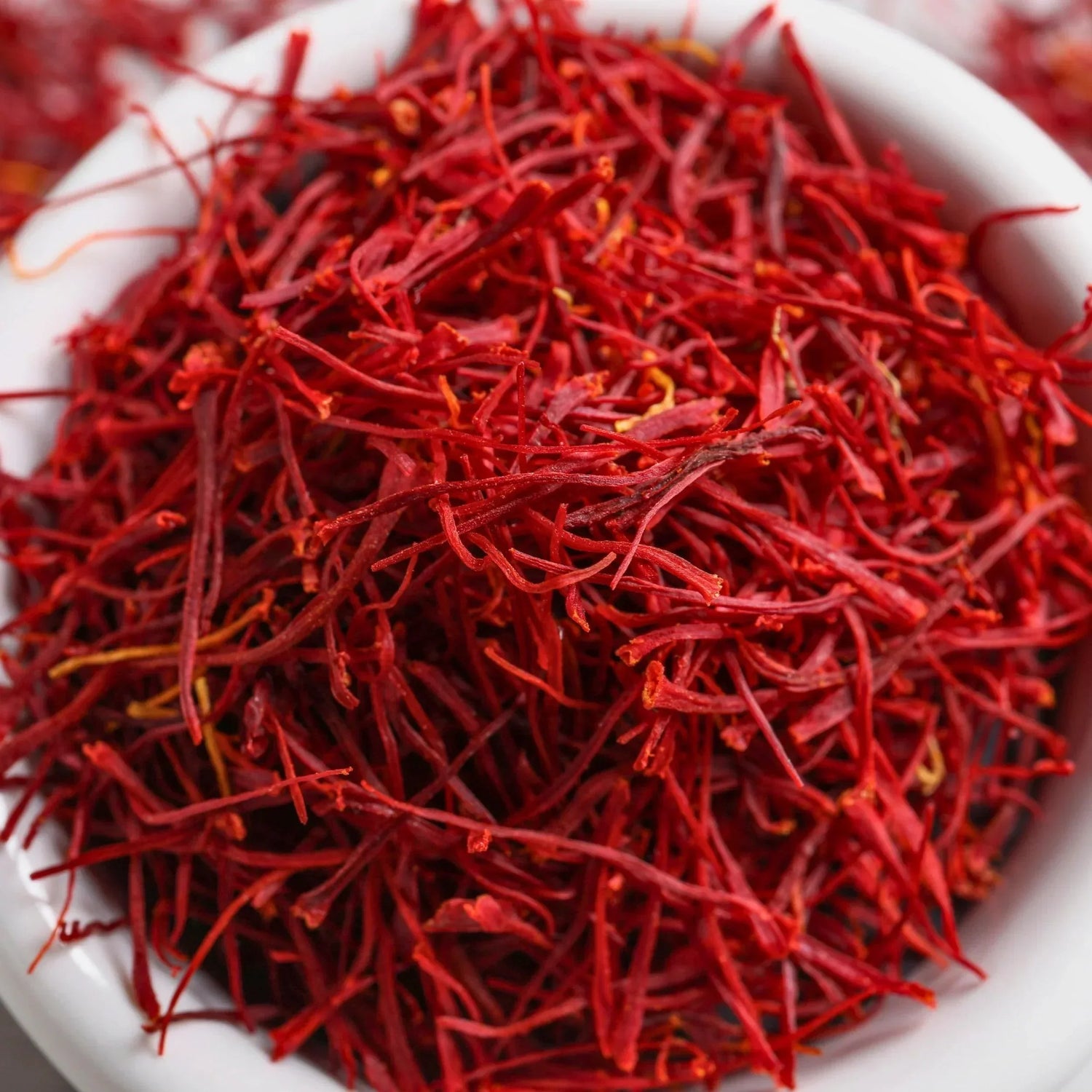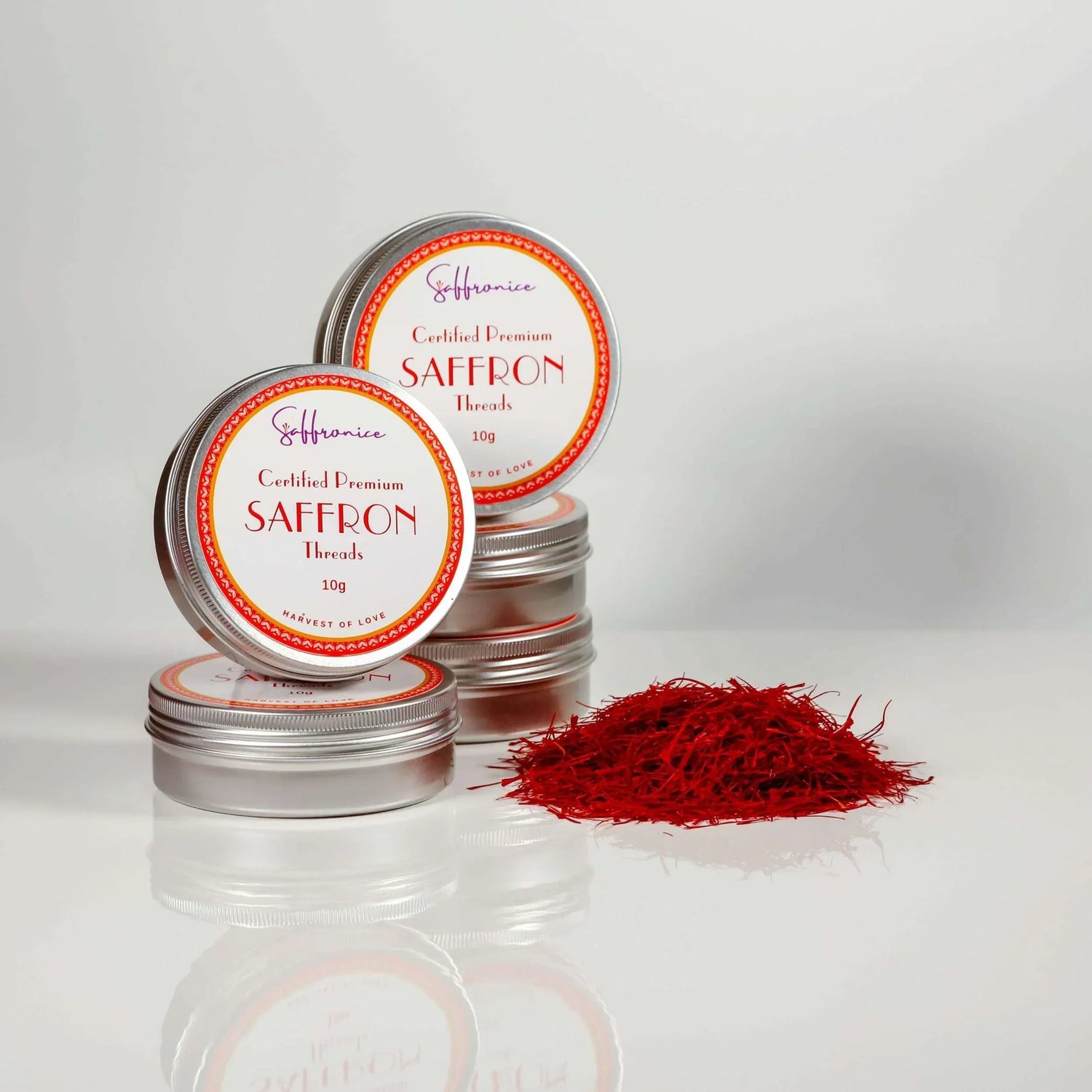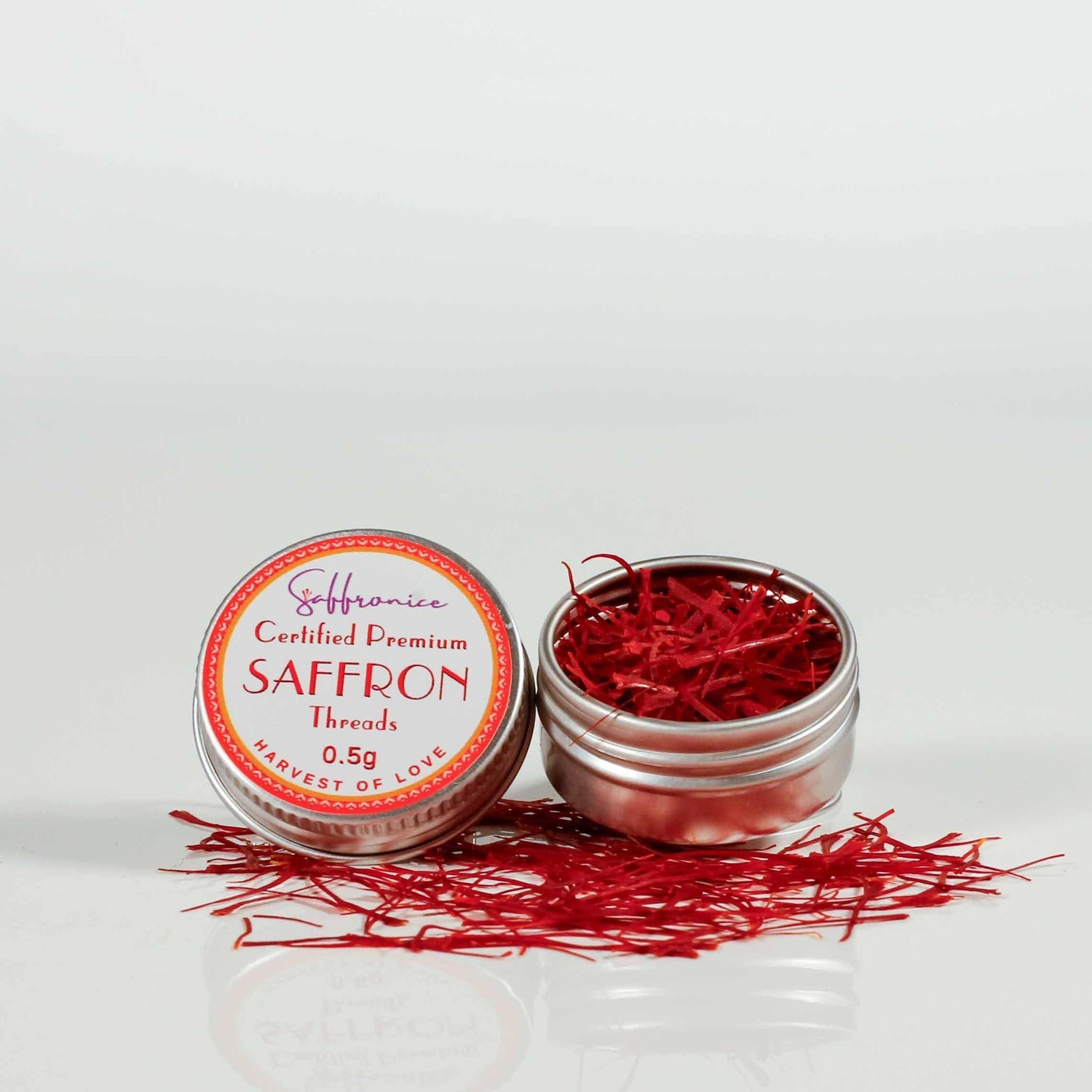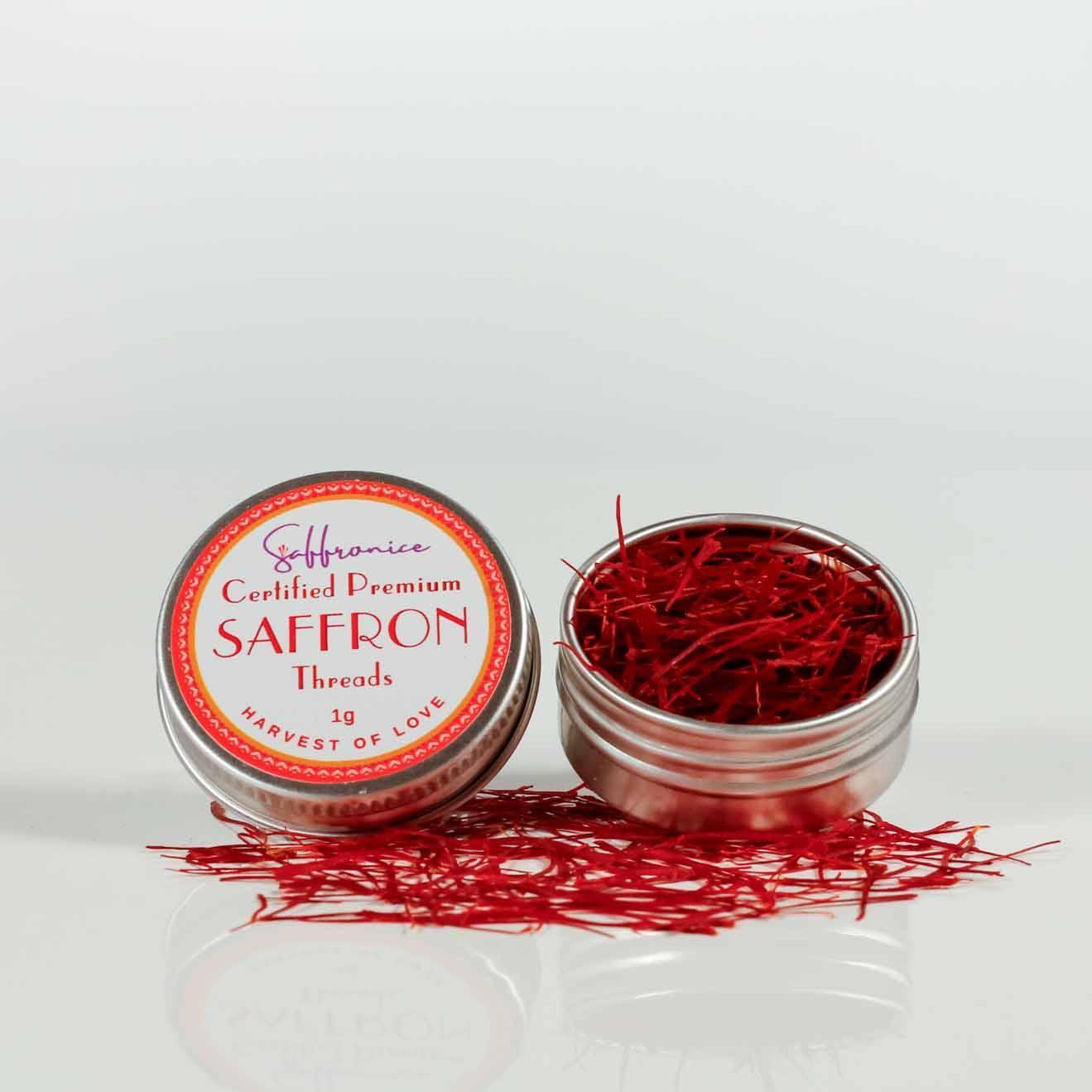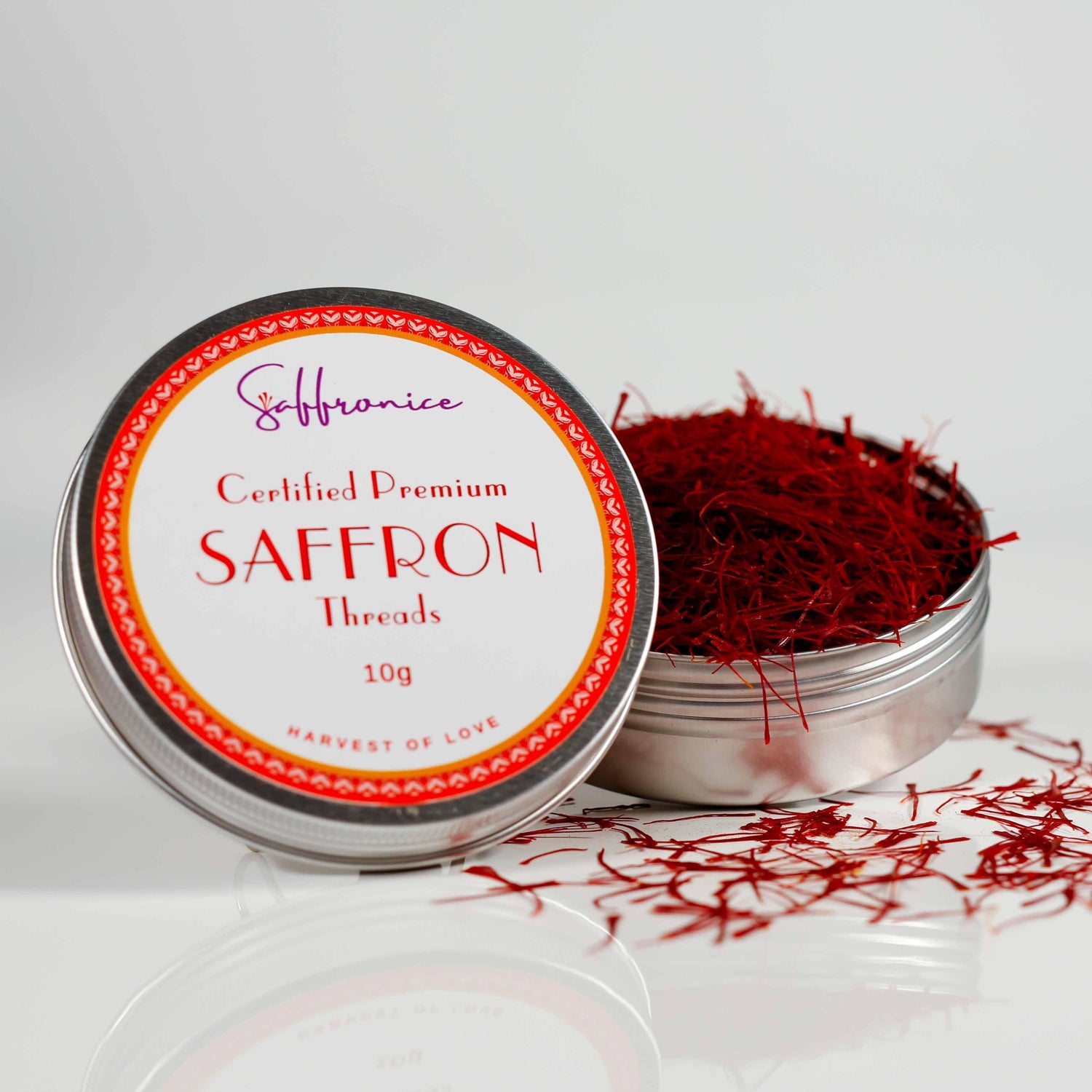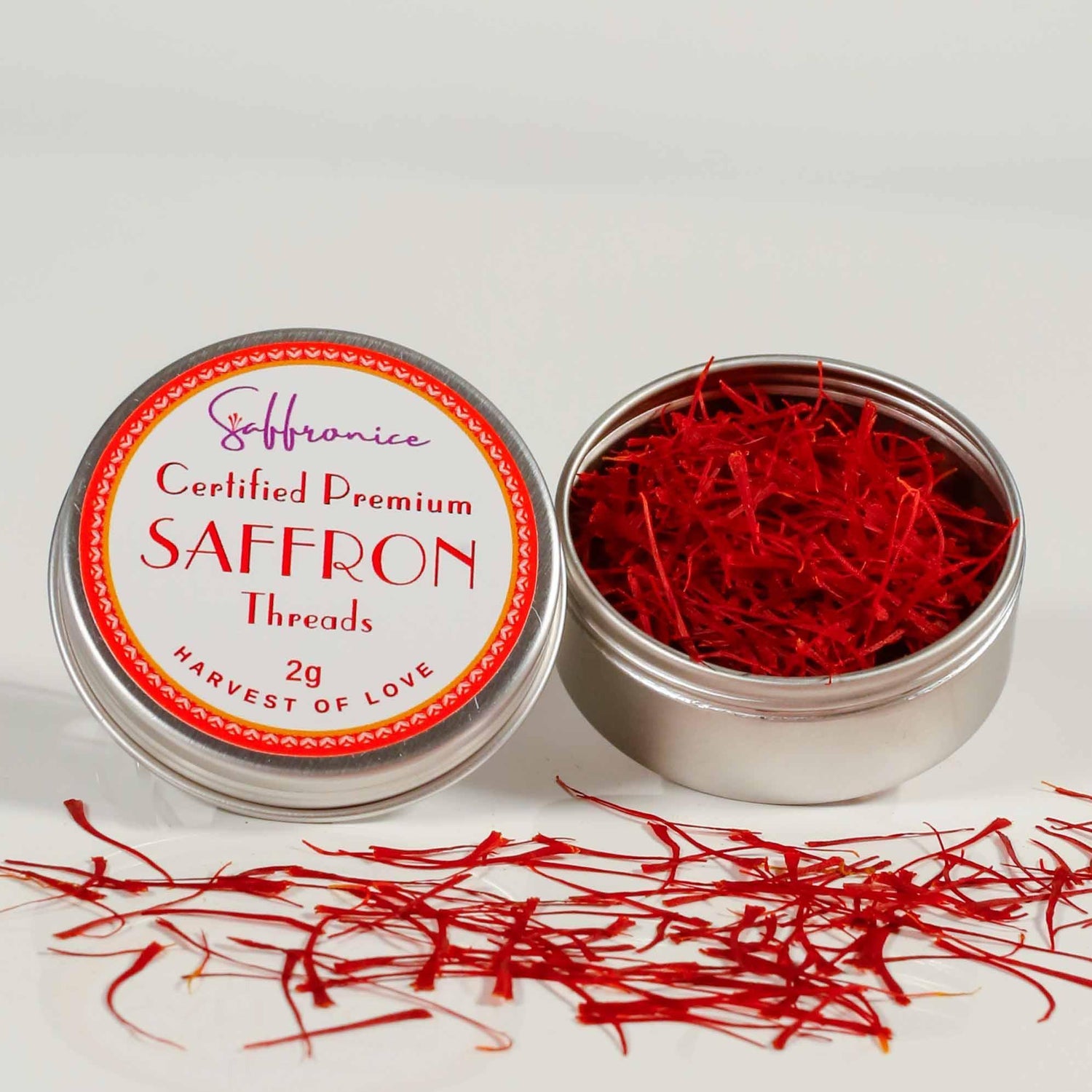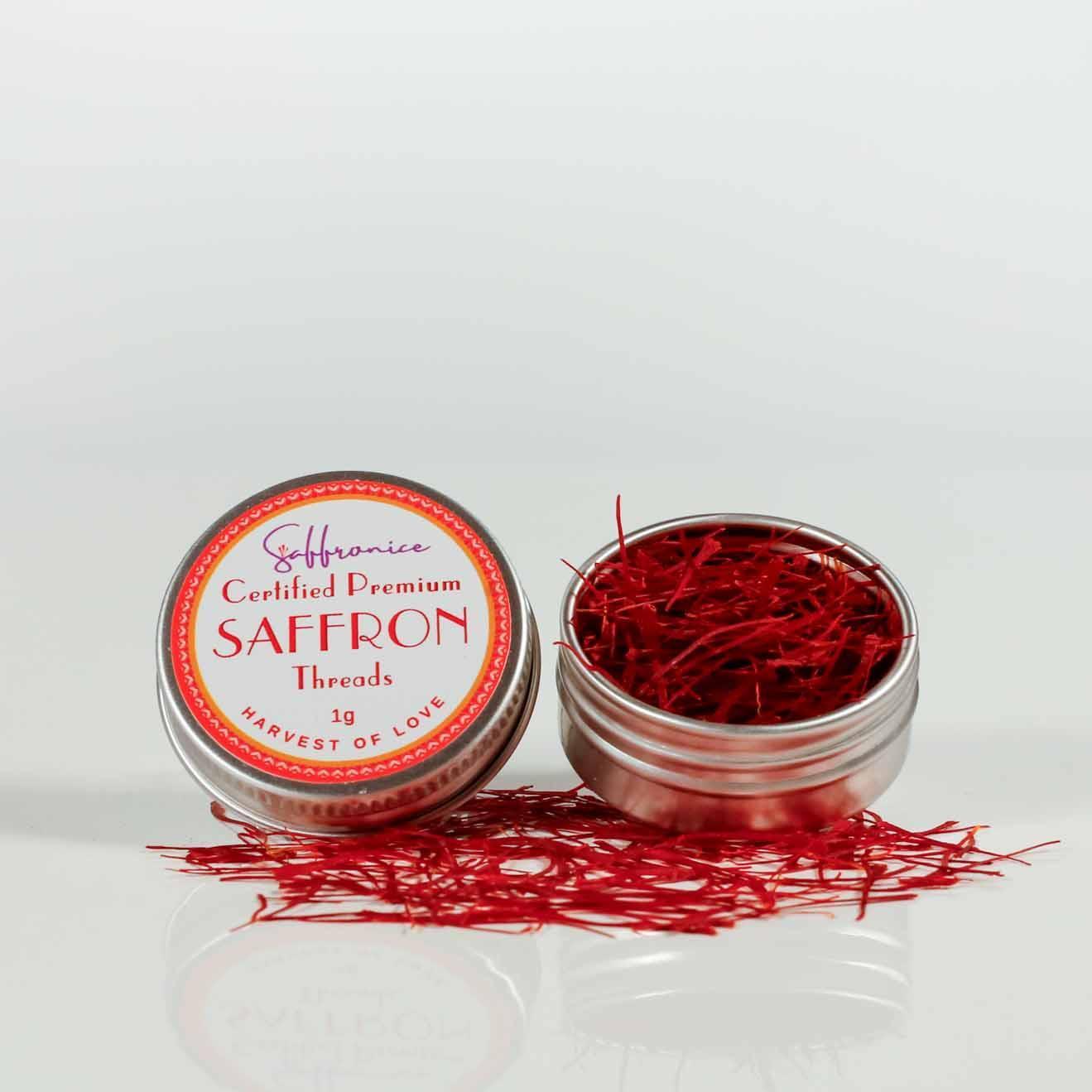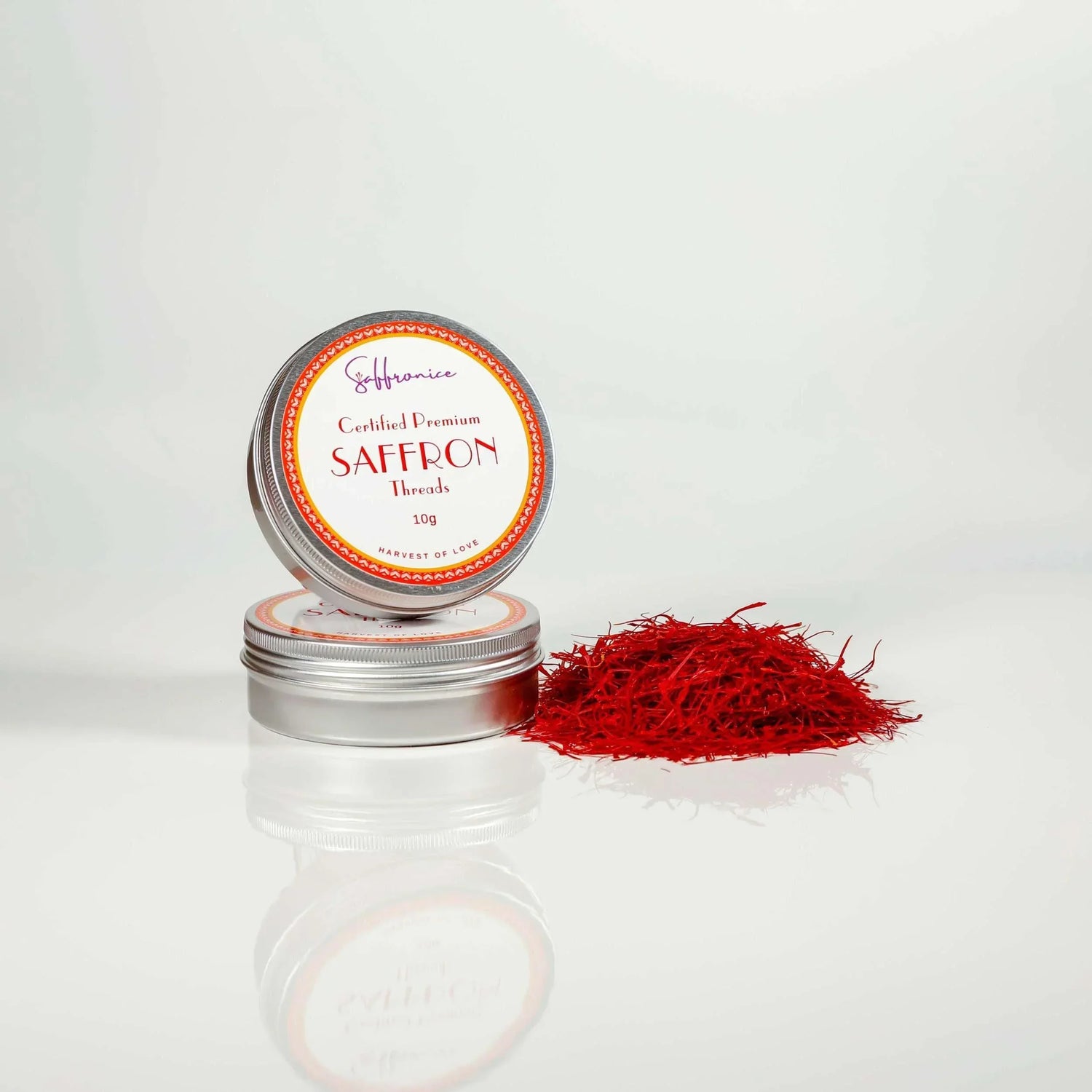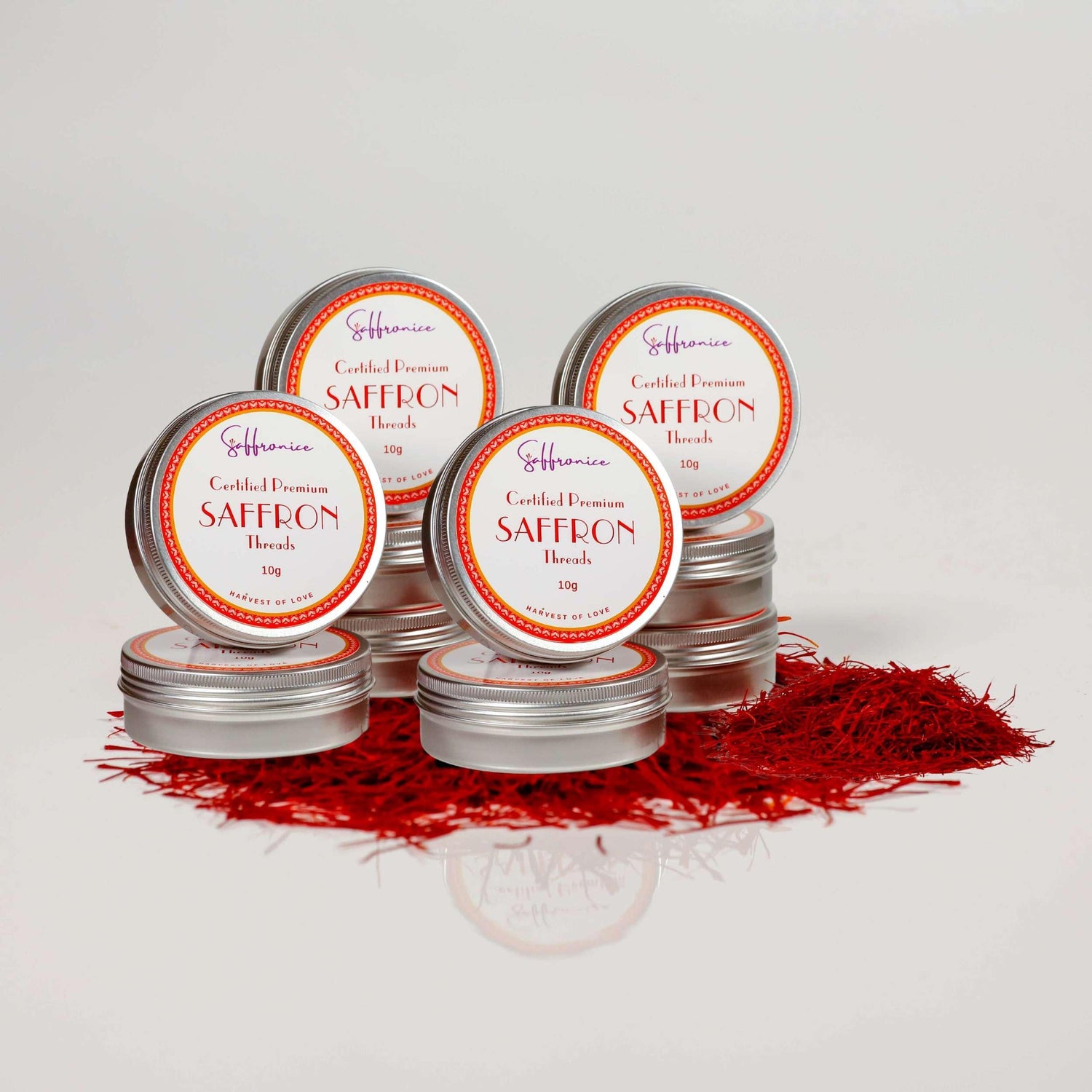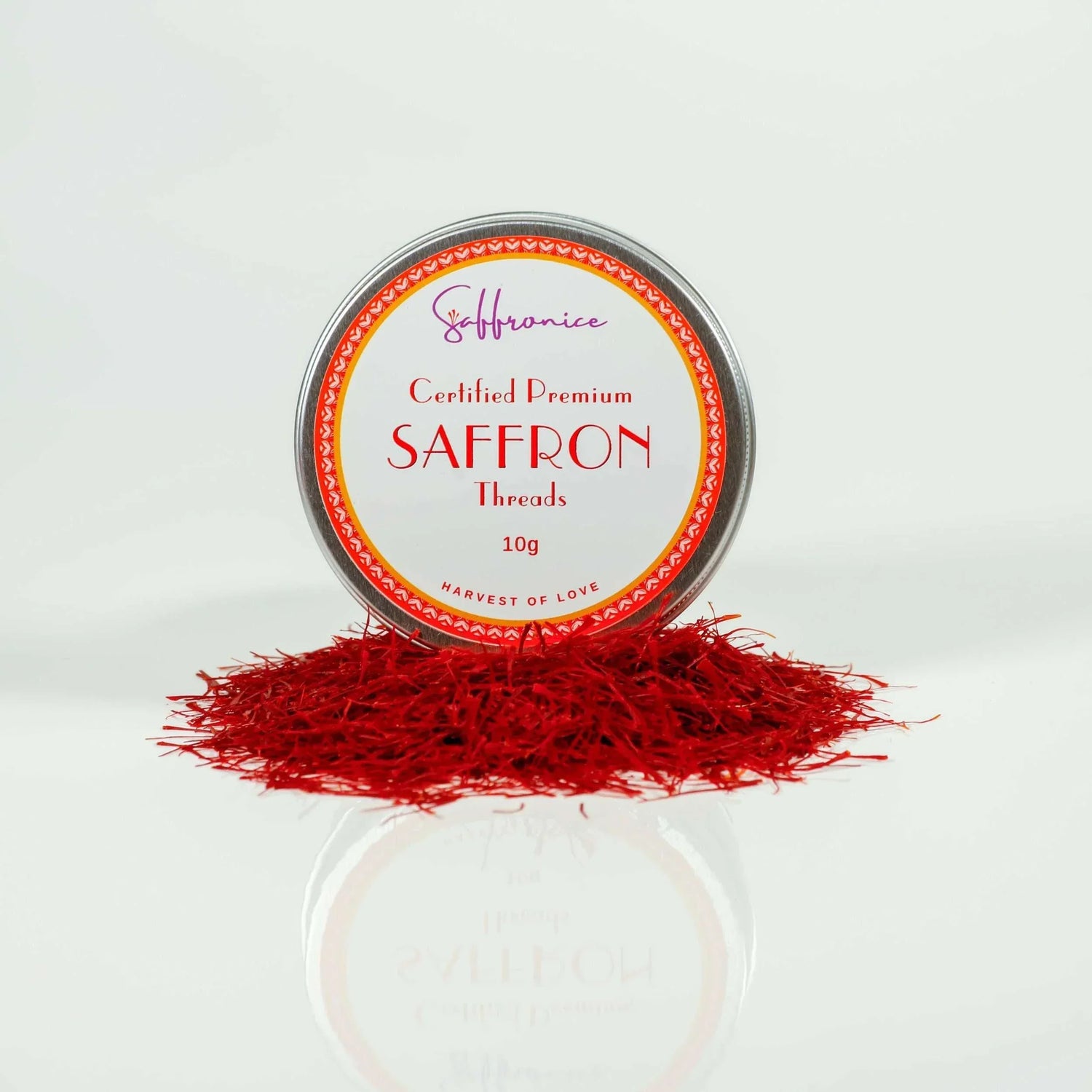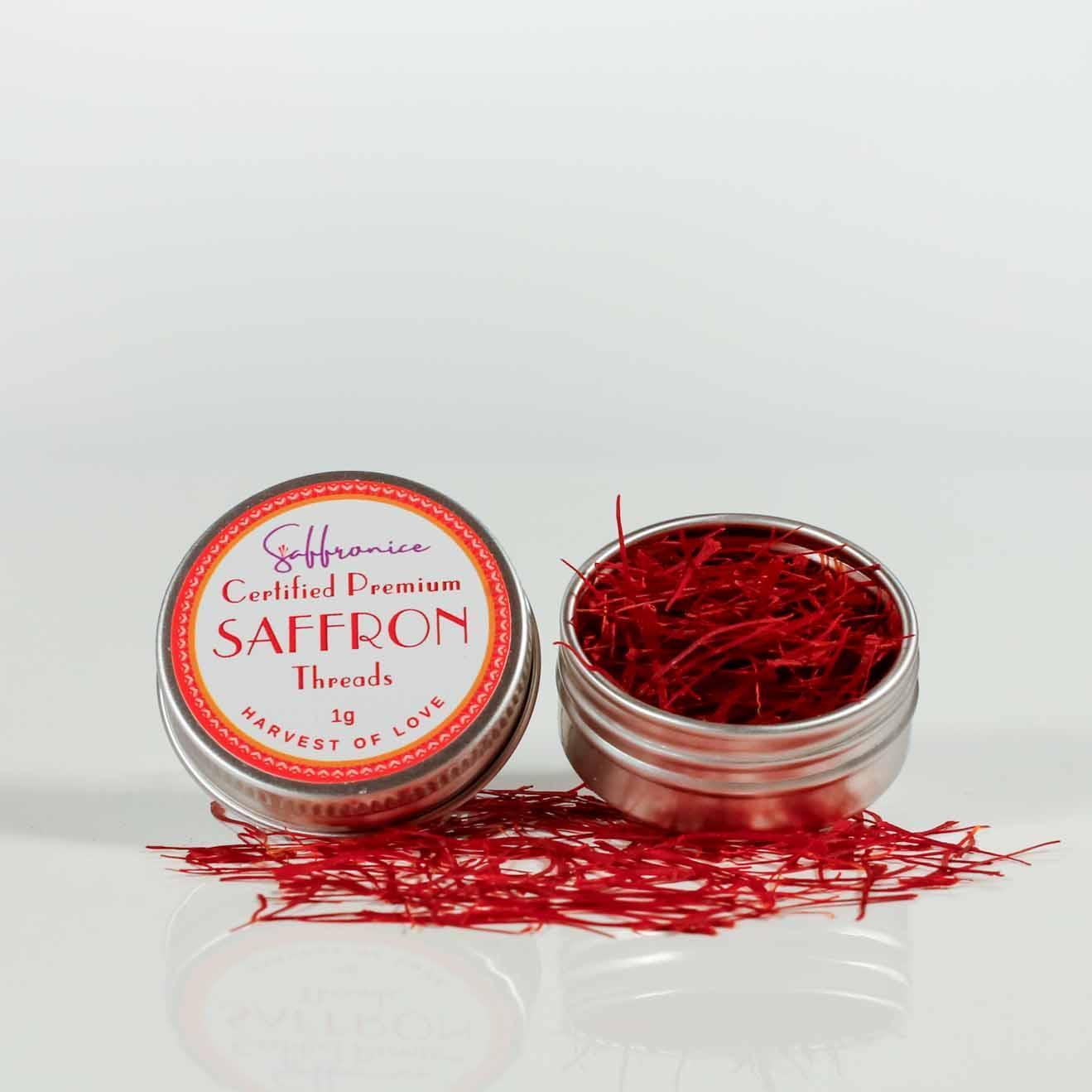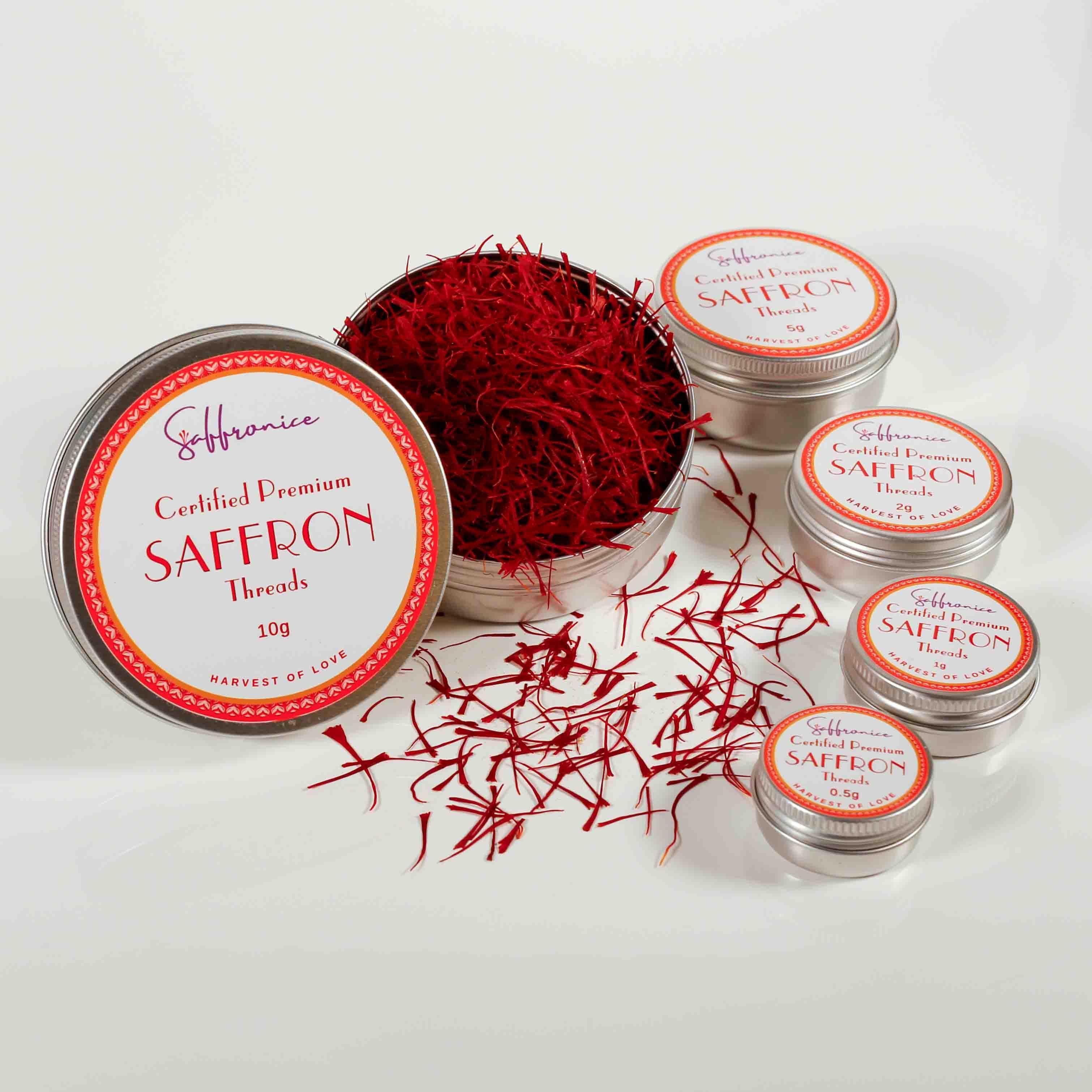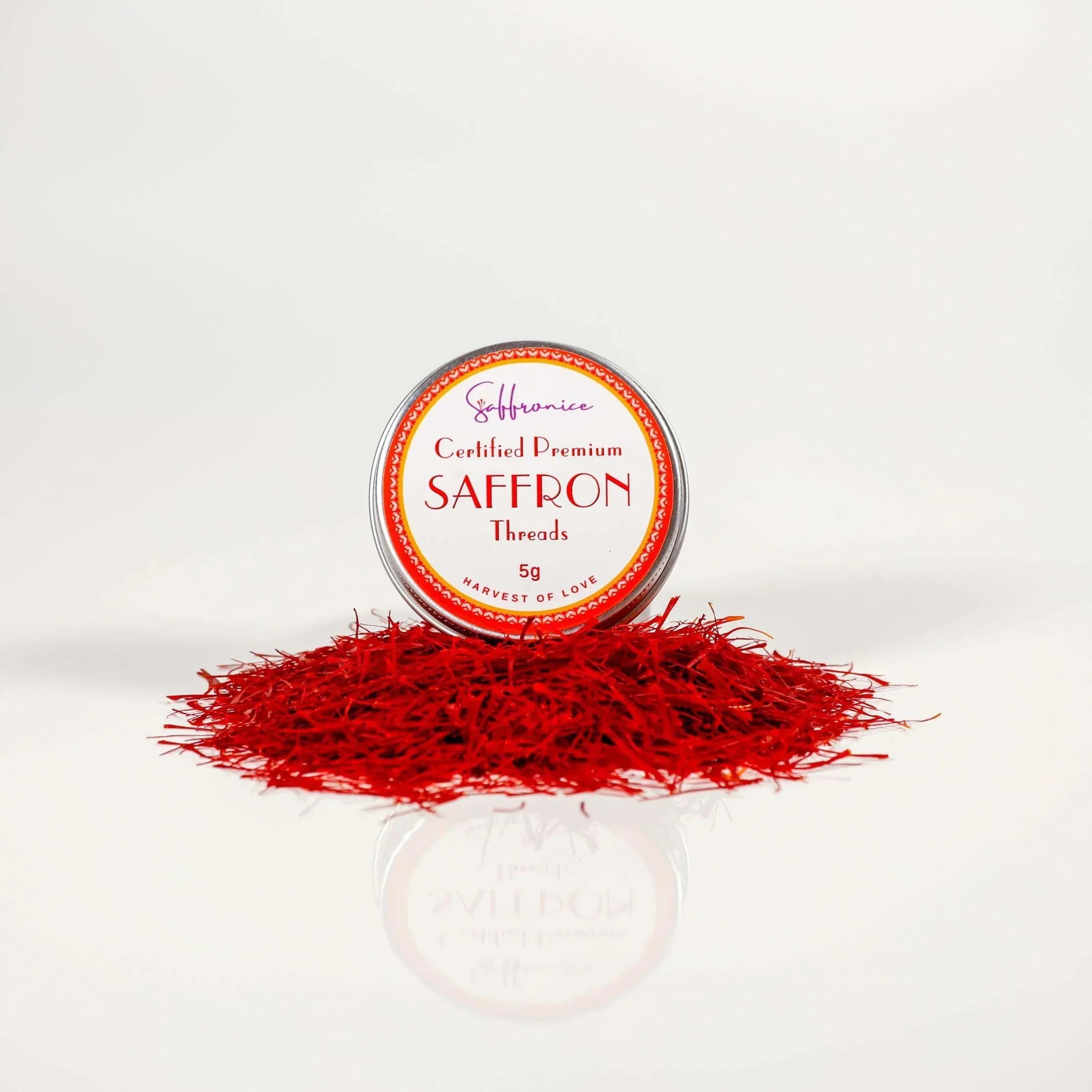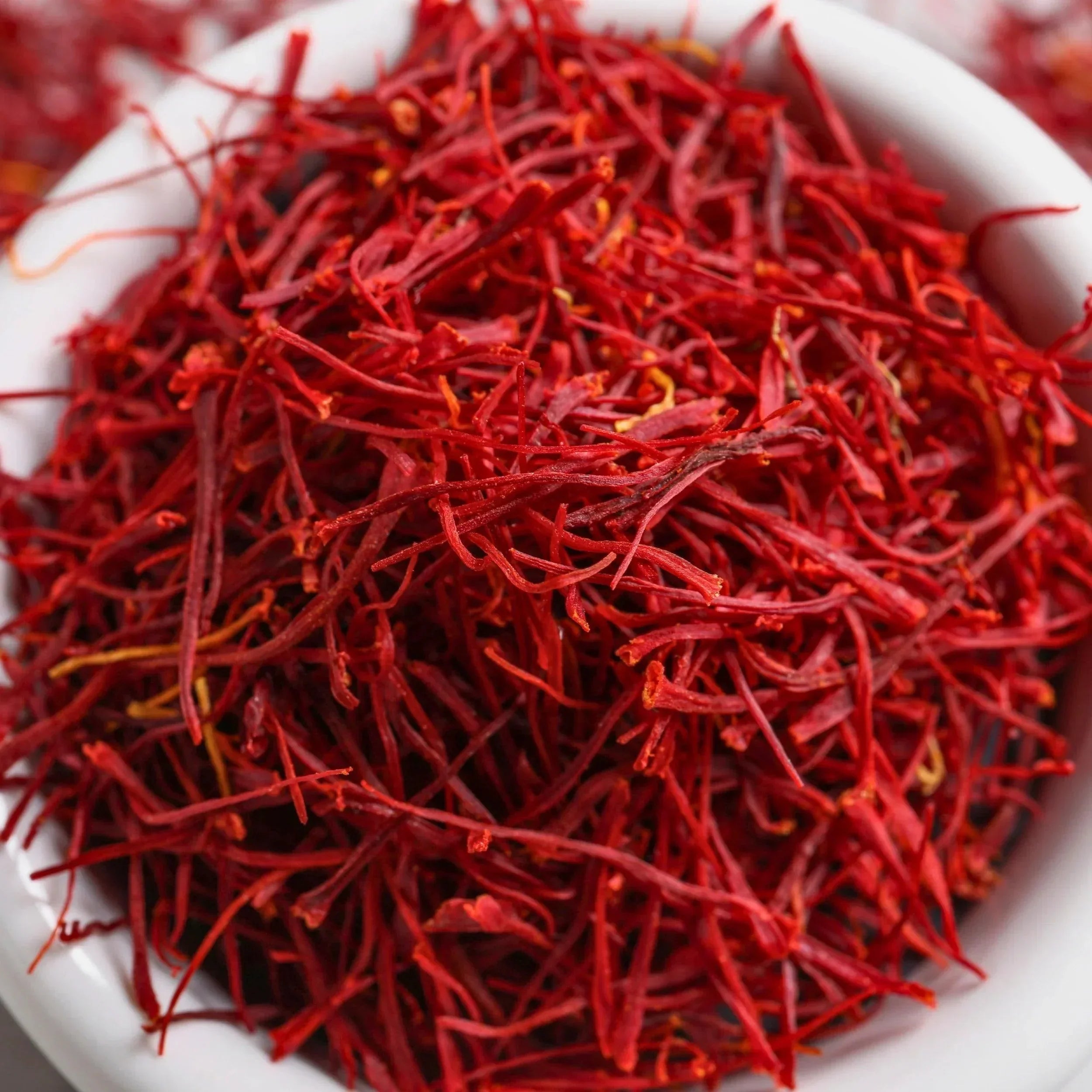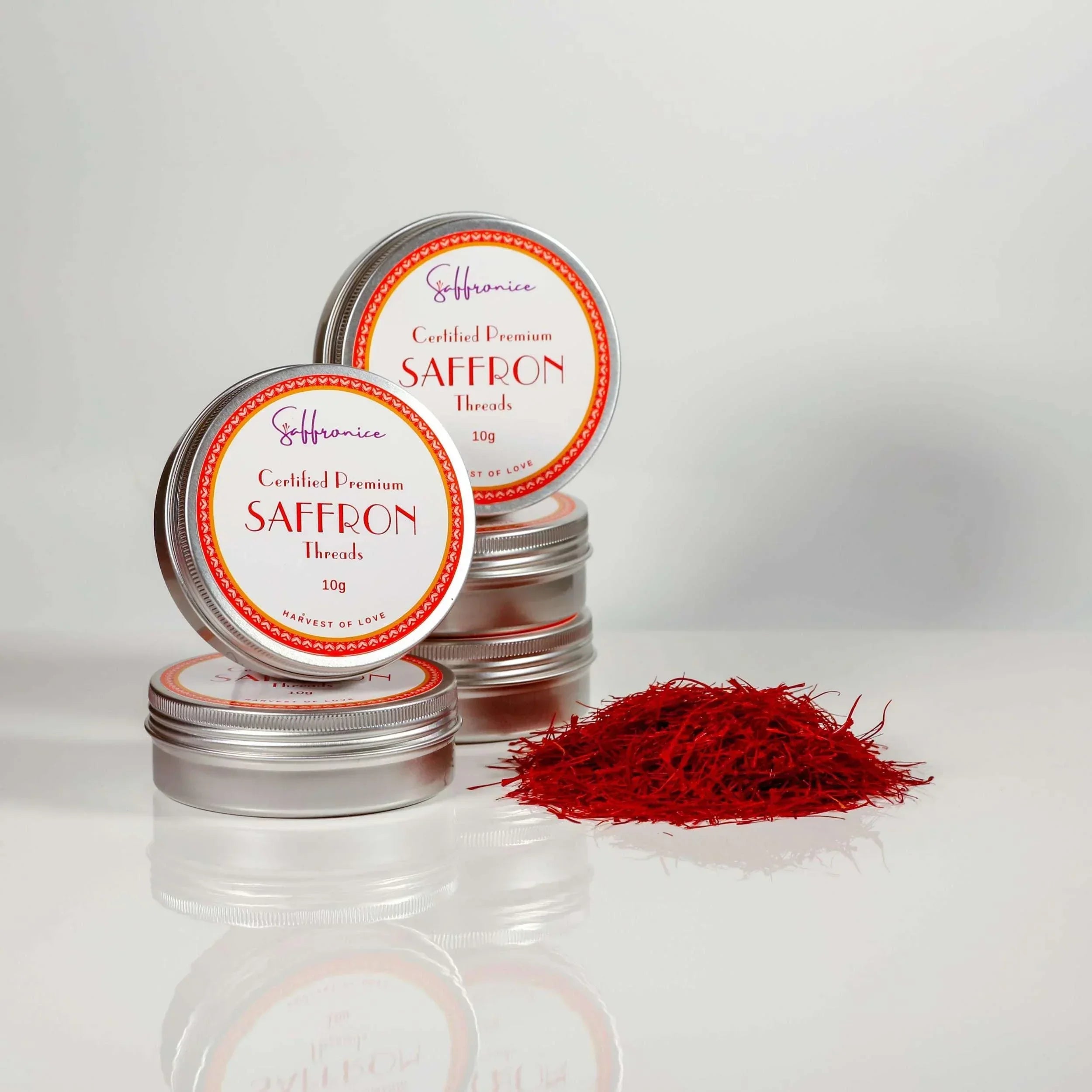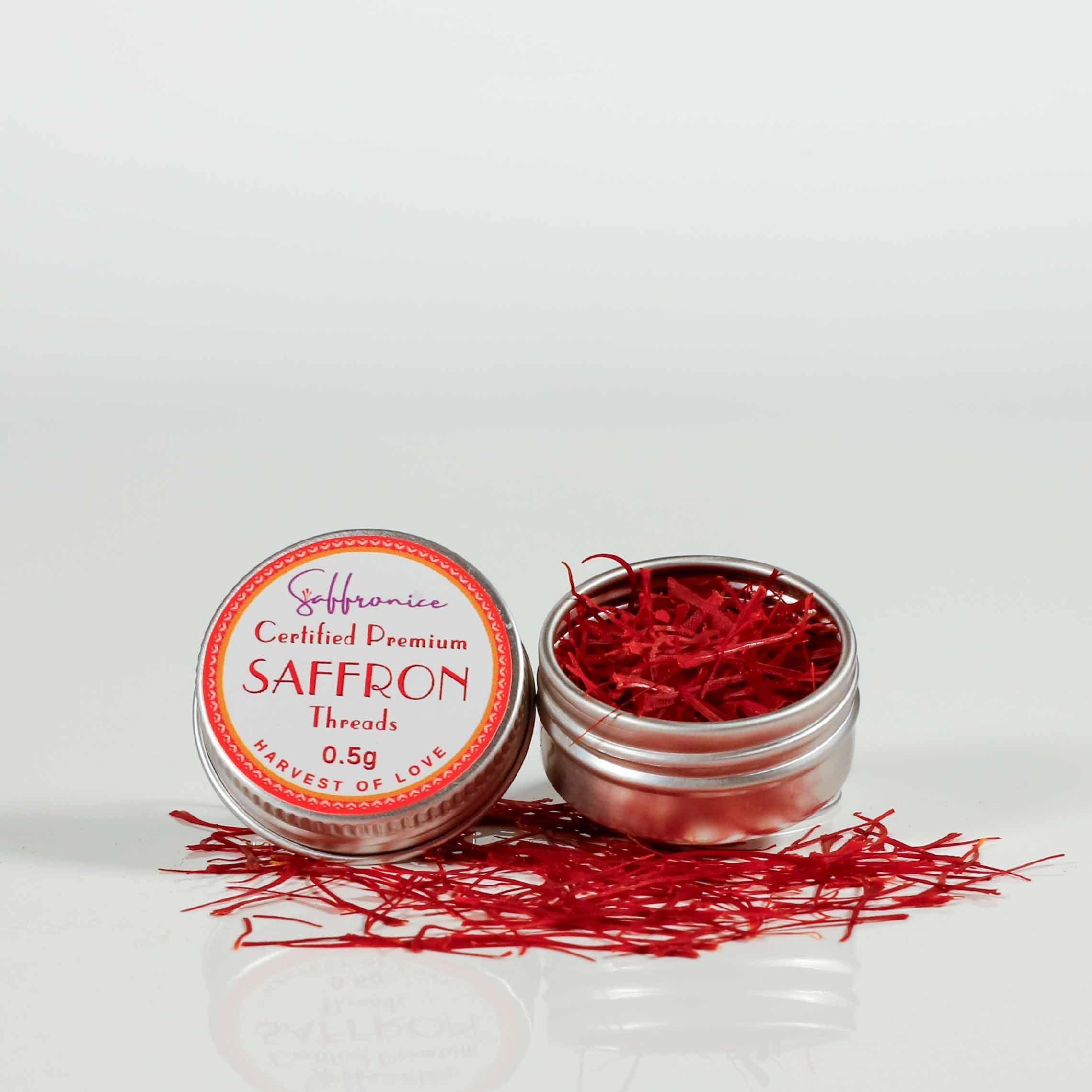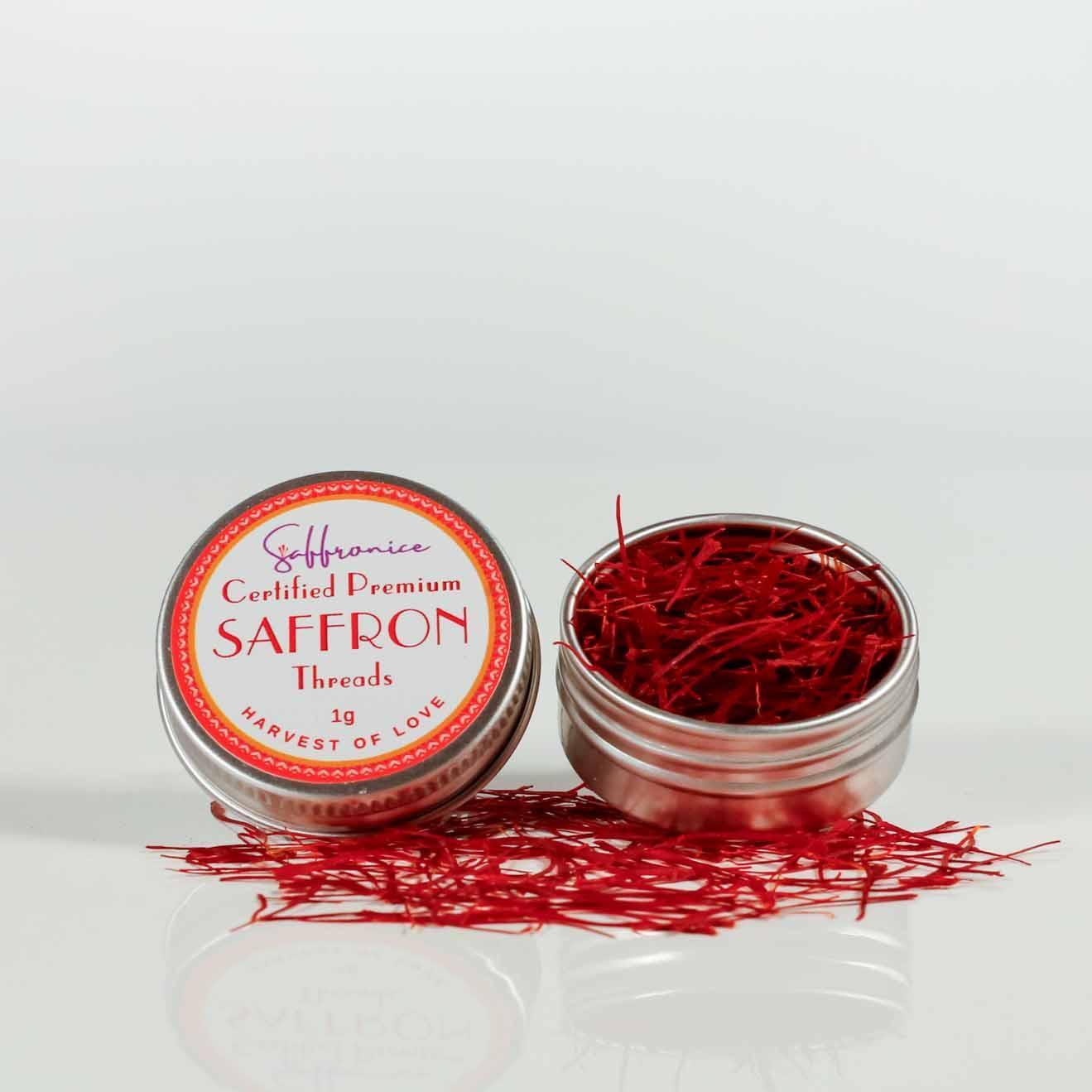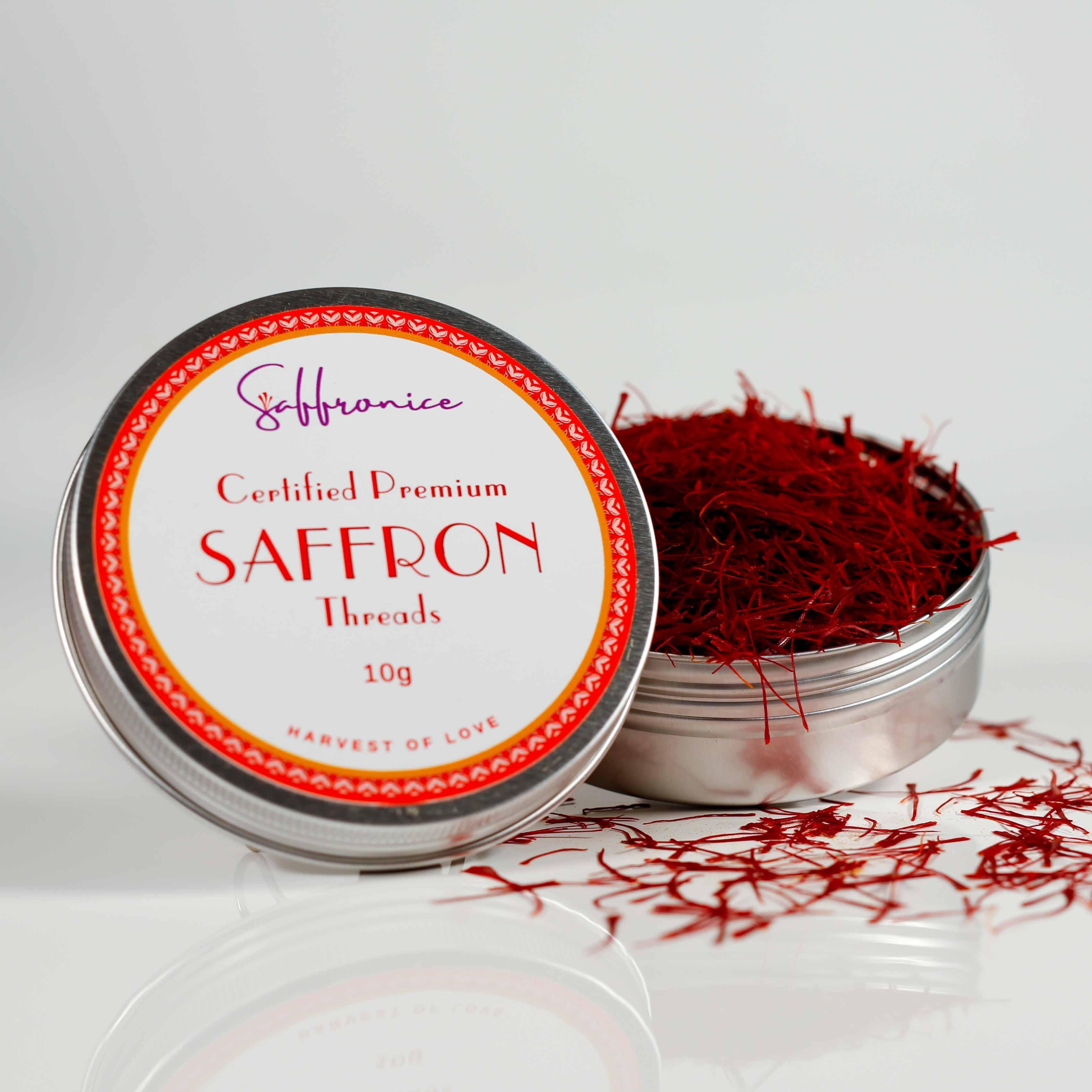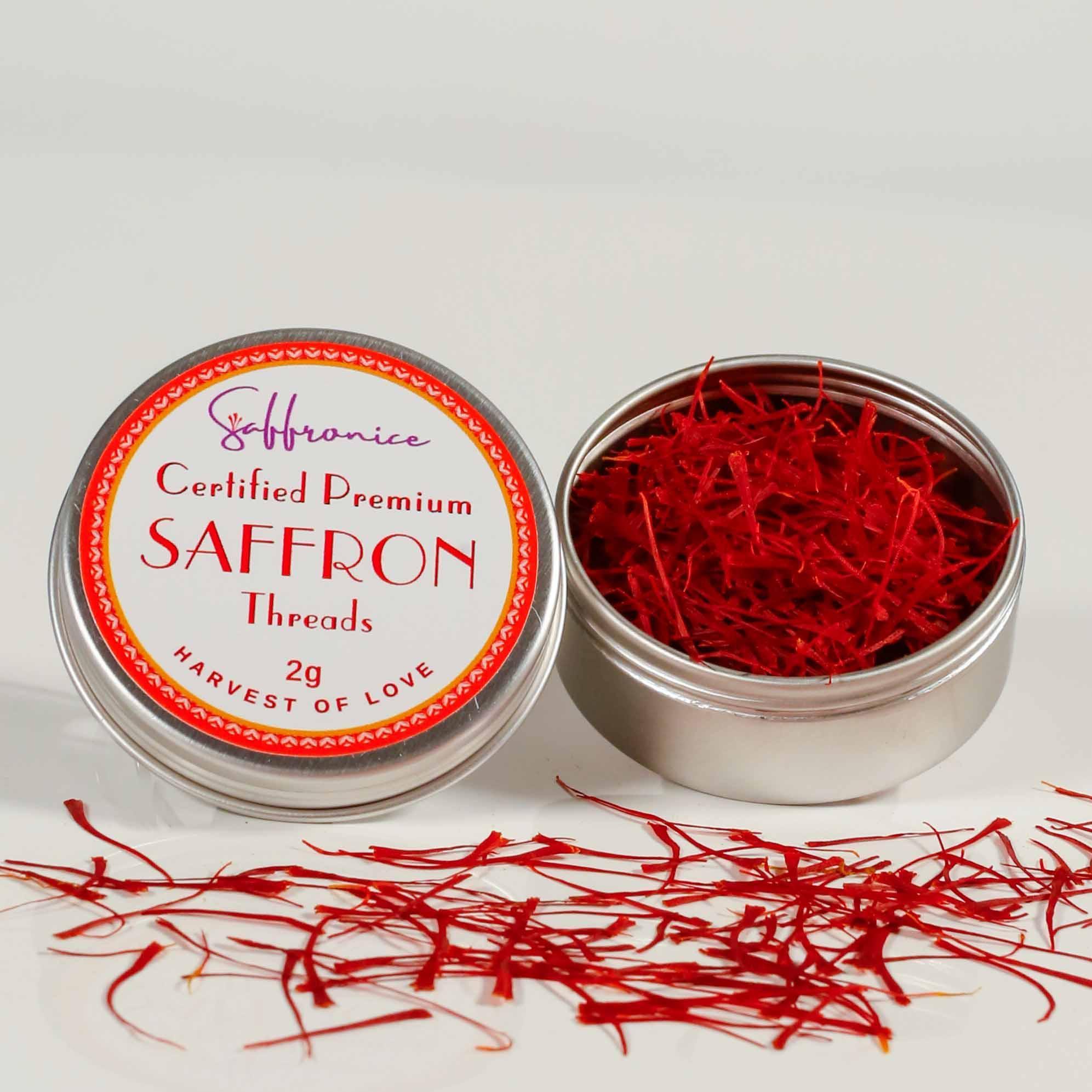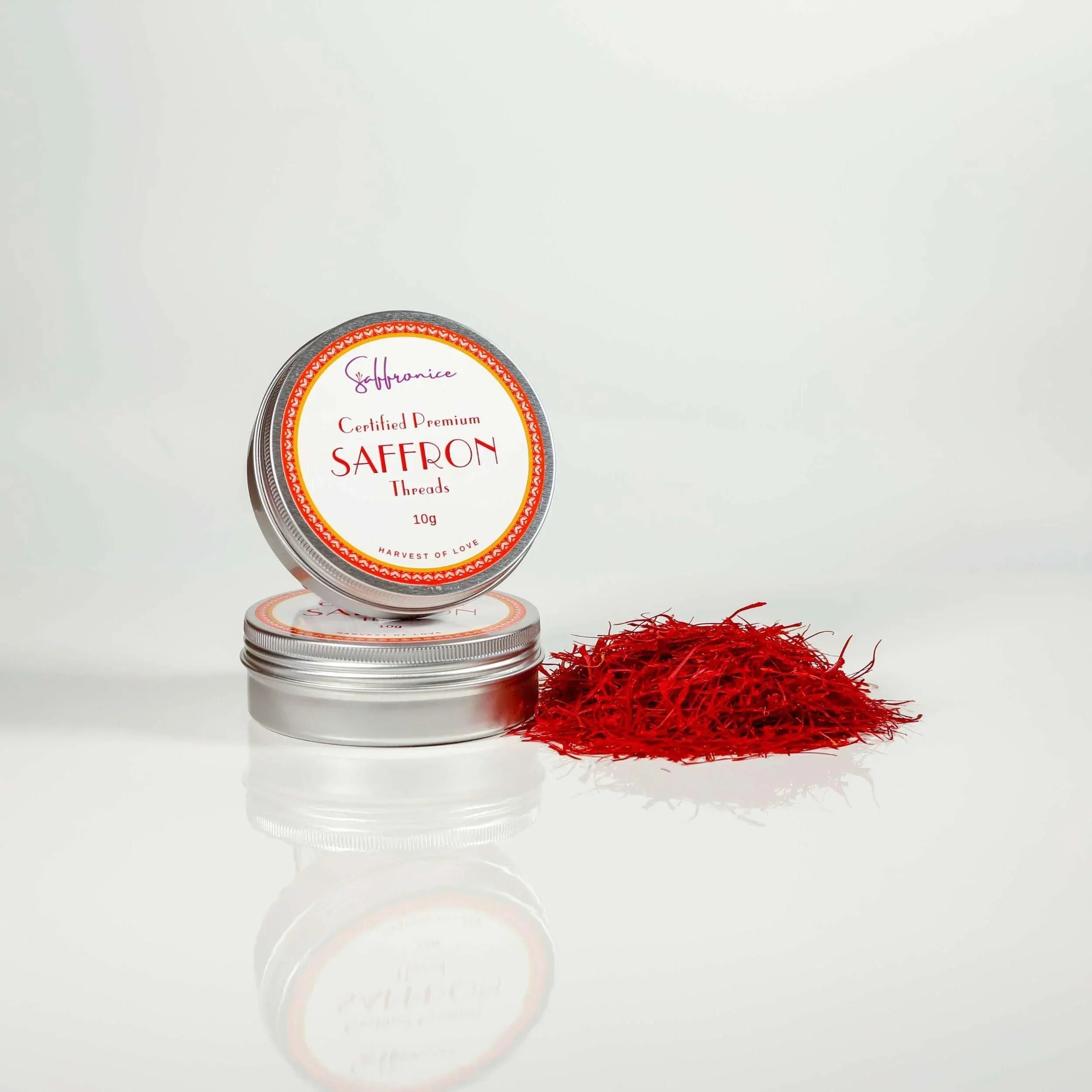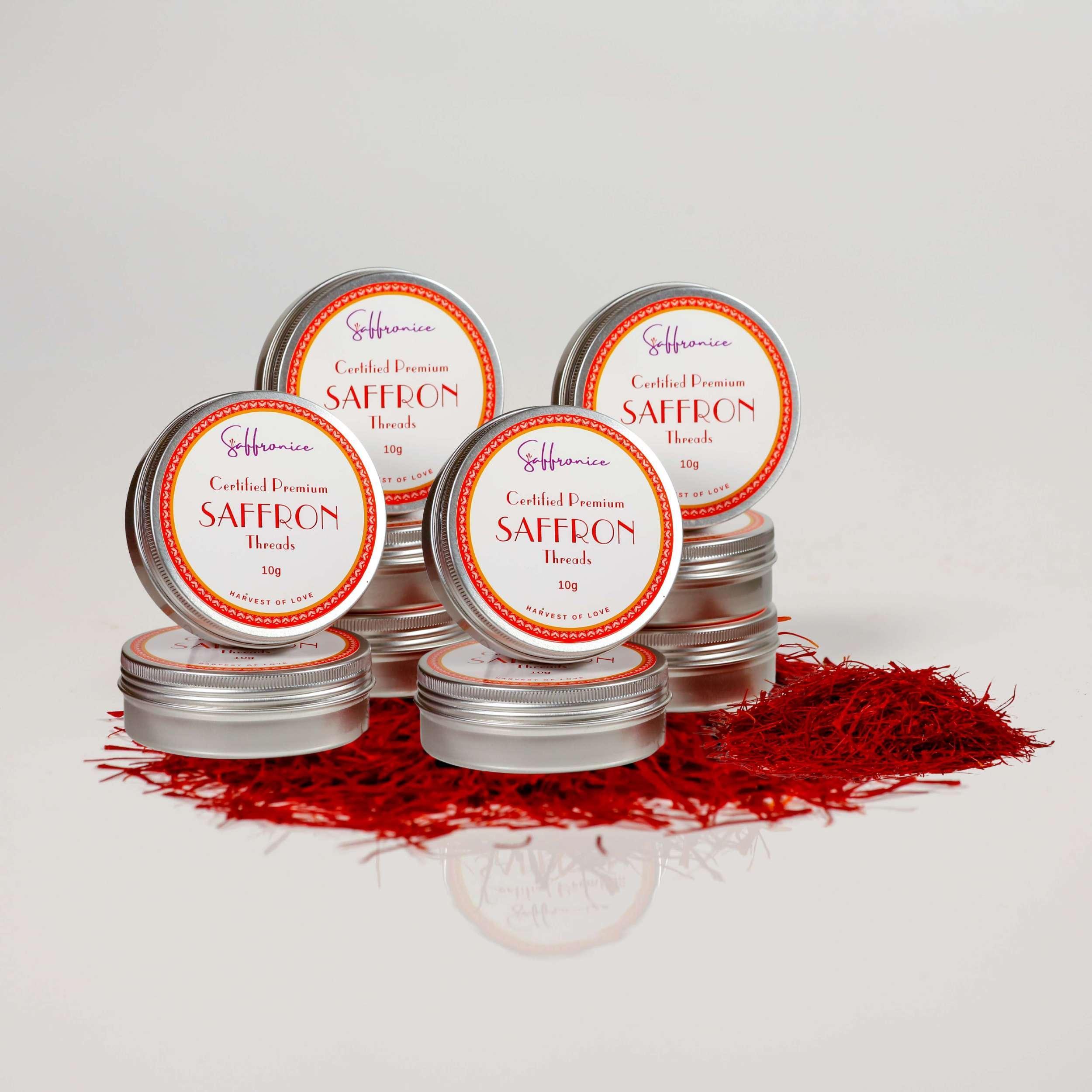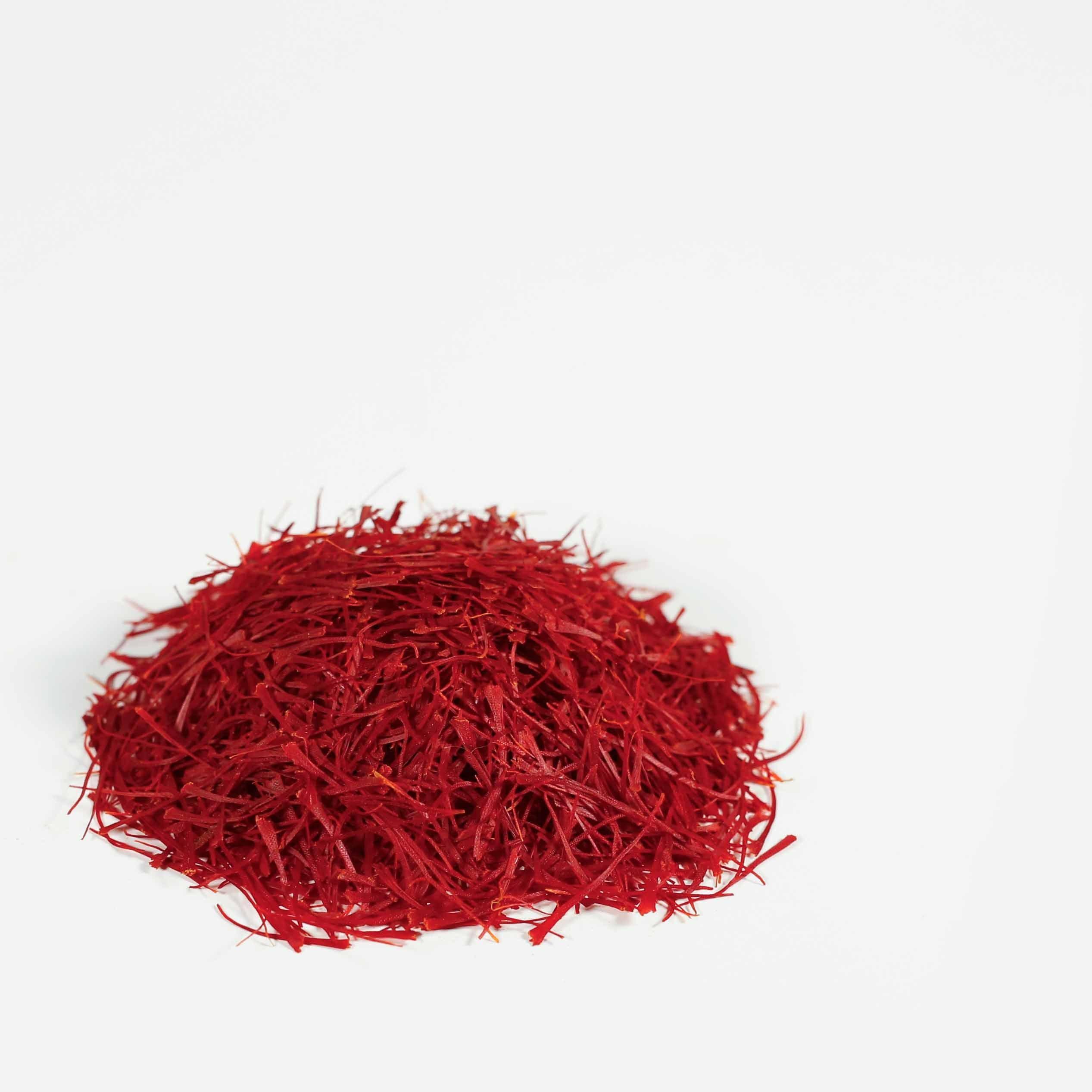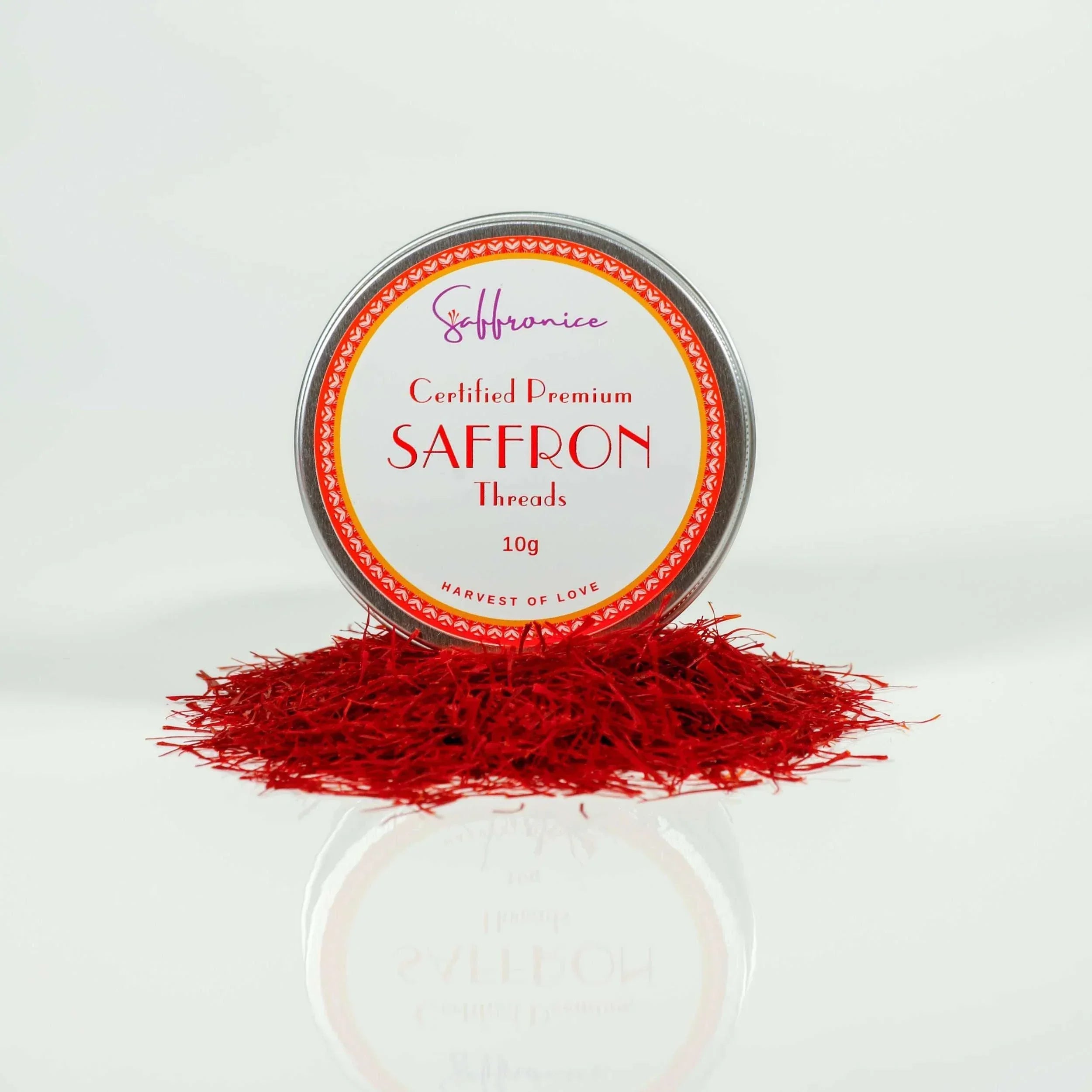A Guide by Dish Type, when to Add Saffron.
Knowing when do you add saffron can be a game-changer for your culinary creations. Timing is crucial, and it varies depending on the type of dish you're preparing.
Timing Considerations Based on Dish Type
- Mains: For dishes like paella or risotto alla Milanese, saffron should be added half way in the cooking process. This allows the spice to infuse fully, providing a rich and consistent flavor throughout the dish.
- Soups: When making soups, adding saffron later through cooking is ideal. This timing ensures that the saffron has enough time to release its flavors without becoming overpowering.
- Desserts: In sweet dishes such as saffron-infused custards or rice puddings, incorporate saffron in the beginning of the cooking. This allows time for the saffron to get incorporated into the dessert.
Specific Examples of Dishes and the Right Moment to Incorporate Saffron
- Paella: Add bloomed saffron to the broth before combining it with the rice. This step ensures even distribution and a vibrant yellow color.
- Risotto alla Milanese: Introduce saffron after toasting the rice but before adding any liquid. This allows the flavors to meld with the rice from the beginning.
- Bouillabaisse: In this classic French seafood stew, add saffron threads during the simmering stage to ensure that it permeates through all components.
Common Mistakes to Avoid
- Skipping Blooming: One of the most frequent errors for dishes that are dry, is adding saffron directly into a dish without blooming. This results in uneven flavor distribution and clumping.
- Inappropriate Timing: Adding saffron too late or too early can either make its flavor too faint or overly dominant. Tailor your timing based on the specific dish for optimal results.

Always remember, cooking with saffron requires a bit of patience and precision. The right timing not only brings out its beautiful color but also ensures that its unique flavor enhances every bite.
Saffron, derived from the flower of Crocus sativus, is known for its unique flavor, aroma, and bright color. This valuable spice is used in many cuisines worldwide, from the fragrant dishes of Persian cuisine to the extravagant paellas of Spain.
Understanding when to add saffron in cooking is crucial for maximum flavor extraction. Adding it at the right moment can transform your dishes, unlocking a depth of flavor that’s both unique and unforgettable. To fully unlock the potential of saffron in your cooking, consider exploring our comprehensive guide on mastering saffron preparation and usage.
Key takeaway: Adding saffron at the right time can elevate your dishes to new heights. 🌟
Understanding Saffron
What is Saffron and Where Does It Come From?
Saffron is an expensive spice made from the stigma of the Crocus sativus flower, also known as the saffron crocus. Each flower has only three red stigmas, which are carefully picked by hand and dried to produce this luxurious spice. The labor-intensive method and the large number of flowers required to make even a small quantity of saffron make it so valuable.
Why Choosing High-Quality Saffron Matters
Using high-quality saffron is important for getting the best flavor in your cooking. Here are some tips to help you find the best saffron:
- Color: Look for deep red strands with a slight orange tint at the tips.
- Aroma: Quality saffron should have a strong, pungent aroma reminiscent of honey or hay.
- Taste: When tasted raw, it should impart a slightly bitter yet floral flavor.
Cheap or mixed saffron often doesn't have these qualities, resulting in a disappointing culinary experience.
“Quality over quantity” truly applies here; a little high-grade saffron can go a long way in elevating your dishes.

The Process of Blooming Saffron
What is Blooming and Why It’s Essential for Flavor Extraction
Blooming saffron, also known as steeping, is all about unlocking the spice's full potential. By soaking saffron threads in liquid, you release their vibrant color and unique flavor more effectively than if you added them directly to your dish. This step ensures even distribution throughout your recipe, avoiding clumps and maximizing the impact of this precious spice.
Methods for Blooming Saffron
There are a couple of popular methods for blooming saffron:
- Warm Water: This is the most common technique. Simply grind the saffron threads with a pestle and mortar, then soak them in warm water (not boiling) for about 20-30 minutes.
- Crushed Ice: A less conventional but effective method involves placing ground saffron in a small bowl with (an ice cube) crushed ice over it. As the ice melts slowly, it extracts the flavors gradually, which some chefs believe enhances the aroma.
Recommended Quantities for Effective Blooming
To get the most out of your saffron, use about 5-10 teaspoons of water (or other liquid) per pinch of saffron threads. This ratio allows for optimal flavor extraction without diluting your dish.
By using these techniques, you ensure that every thread of saffron contributes to elevating your culinary creation.

Best Uses for Saffron in Various Cuisines
Saffron is a versatile spice that enhances many dishes in different culinary traditions. Its distinct flavour and vibrant colour make it a favourite in Persian, Mediterranean, and Middle Eastern cuisines.
Persian Cuisine
In Persian cuisine, saffron is the key ingredient in many iconic dishes:
- Kheer: A creamy rice pudding that gets an aromatic lift from saffron.
- Tahdig: The crispy rice crust at the bottom of the pot, often infused with saffron to add a golden hue and rich flavor.
Mediterranean Dishes
The Mediterranean region also embraces saffron in its recipes:
- Paella: This Spanish classic relies on saffron for its distinctive color and aromatic depth.
- Bouillabaisse: A traditional Provençal fish stew that uses saffron to enhance its complex, savory profile.
Middle Eastern Delights
Middle Eastern cuisine showcases saffron in both savory and sweet creations:
- Goat Biryani: This layered rice dish features saffron for its fragrant aroma and taste.
- Saffron Tea: A soothing beverage where saffron imparts a subtle yet impactful essence.
Using saffron thoughtfully can elevate these dishes, making them unforgettable culinary experiences. Embrace this precious spice and explore its potential across various cuisines.

Tips for Cooking Fluffy Rice with Saffron
Creating perfect saffron rice is an art, and when done right, it can be a transformative dish. Here’s a step-by-step guide to making fluffy saffron rice with basmati rice:
Ingredients
- 1 cup basmati rice
- 2 cups vegetable broth
- 1 teaspoon of high-quality saffron threads
- 2 tablespoons of extra virgin olive oil
- Salt to taste
Instructions
- Bloom the Saffron: Start by blooming your saffron. Crush the saffron threads gently using a pestle and mortar. Soak the ground saffron in warm water (about 2 tablespoons) for at least 10 minutes to release its vibrant color and aroma.
- Rinse the Rice: Rinse the basmati rice under cold water until the water runs clear. This step removes excess starch and prevents the rice from becoming sticky.
- Heat the Oil: In a medium saucepan, heat the extra virgin olive oil over medium heat. Once hot, add the rinsed basmati rice and sauté for about 2 minutes, ensuring each grain is coated with oil.
- Add Broth and Saffron Water: Pour in the vegetable broth and add the bloomed saffron along with its soaking liquid. Stir well to ensure even distribution of color and flavor.
- Season and Simmer: Add salt to taste and bring the mixture to a boil. Once boiling, reduce the heat to low, cover, and let it simmer for about 15-20 minutes, or until all liquid is absorbed and the rice is tender.
- Fluff and Serve: Turn off the heat and let the rice sit covered for an additional 5 minutes. Fluff with a fork before serving.
This method ensures each grain of rice is perfectly cooked, infused with the rich flavor of saffron without being overpowering.
Exploring Best Saffron Recipes
Let’s dive into some of the best saffron recipes that highlight this golden spice's unique flavor and aroma. Each recipe includes detailed instructions to ensure you get the most out of your saffron.
Saffron Risotto alla Milanese
A classic Italian dish, Risotto alla Milanese, is creamy, rich, and infused with the vibrant threads of saffron.
Ingredients:
- 1 cup Arborio rice
- 1 small onion, finely chopped
- 2 tablespoons butter
- 1/4 teaspoon saffron threads
- 4 cups chicken broth
- 1/2 cup dry white wine
- Salt and pepper to taste
- Grated Parmesan cheese for garnish
Instructions:
- Bloom the saffron in a small bowl with two tablespoons of warm water.
- In a large pan, melt butter and sauté onions until translucent.
- Add Arborio rice and stir until coated.
- Pour in white wine and cook until absorbed.
- Gradually add warm chicken broth, one ladle at a time, stirring constantly until rice is creamy.
- Stir in bloomed saffron along with its liquid.
- Season with salt and pepper, then finish with grated Parmesan cheese.
Persian Saffron Rice (Tahdig)
Experience the crispy delight of Tahdig, a Persian specialty with a beautiful golden crust.
Ingredients:
- 2 cups basmati rice
- 1/4 teaspoon saffron threads
- 3 tablespoons plain yogurt
- 4 tablespoons vegetable oil
- Salt to taste
Instructions:
- Rinse basmati rice until water runs clear.
- Soak saffron threads in warm water to bloom.
- Boil rice in salted water until partially cooked (about 5 minutes).
- Drain rice and mix two tablespoons of it with yogurt, half of the bloomed saffron, and one tablespoon of oil.
- Heat remaining oil in a non-stick pot over medium heat.
- Spread the yogurt mixture evenly on the bottom of the pot.
- Layer remaining rice on top, drizzle with remaining bloomed saffran.
- Cover pot lid with a clean towel to absorb steam and cook on low heat for about 30 minutes until a golden crust forms.
For an authentic experience, you can also explore how to make Persian Basmati Rice with Saffron which is an essential part of many Persian dishes.
Spanish Paella
A vibrant dish from Spain that brings together seafood and saffron for an unforgettable meal.
Ingredients:
- 1 cup Bomba or Arborio rice
- 1/2 pound shrimp, peeled and deveined
- 1/2 pound mussels, cleaned
- 1 red bell pepper, diced
- 1/4 teaspoon saffron threads

Cooking with saffron adds a unique depth to your dishes, making them truly special. Experiment with this precious spice and discover its magic by being mindful of when to add it in your recipes. High-quality saffron ensures the best flavor and aroma—get yours from saffronice.com. Happy cooking!
FAQs (Frequently Asked Questions)
What is saffron and why is it significant in cooking?
Saffron, derived from the Crocus sativus flower, is a highly valued spice known for its unique flavor and vibrant color. Its culinary significance spans various cuisines, enhancing dishes with its distinct taste and aroma.
When should I add saffron to my dishes for the best flavor?
The timing of adding saffron varies by dish type. For mains and soups, it's best to incorporate saffron during cooking to allow for flavor extraction. In desserts, add it towards the end. Always remember to bloom saffron first for optimal results.
What does blooming saffron mean and how is it done?
Blooming saffron refers to the process of steeping the threads in warm water or other liquids to extract their flavor and color. This can be done using warm water or even ice cubes, with recommended quantities being 1-2 teaspoons for effective blooming.
What are some common mistakes when using saffron in cooking?
A common mistake is adding saffron directly to dishes without blooming it first. This can result in underwhelming flavor extraction. Always remember to bloom your saffron before incorporating it into your recipes.
How is saffron used in different cuisines?
Saffron is utilized in various cuisines, such as Persian dishes like kheer and tahdig, Mediterranean meals like bouillabaisse, and Middle Eastern recipes like goat biryani. Each cuisine highlights saffron's unique qualities in different ways.
Can you provide a simple recipe for making saffron rice?
To make perfect saffron rice, use basmati rice cooked with extra virgin olive oil and vegetable broth. Bloom the saffron first, then mix it into the rice while cooking for a flavorful and aromatic dish.


